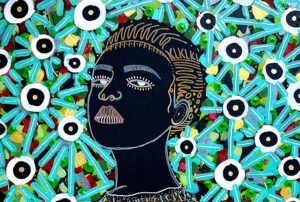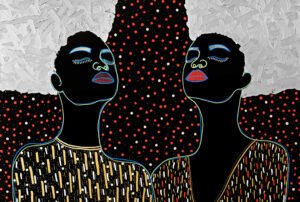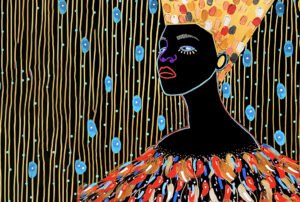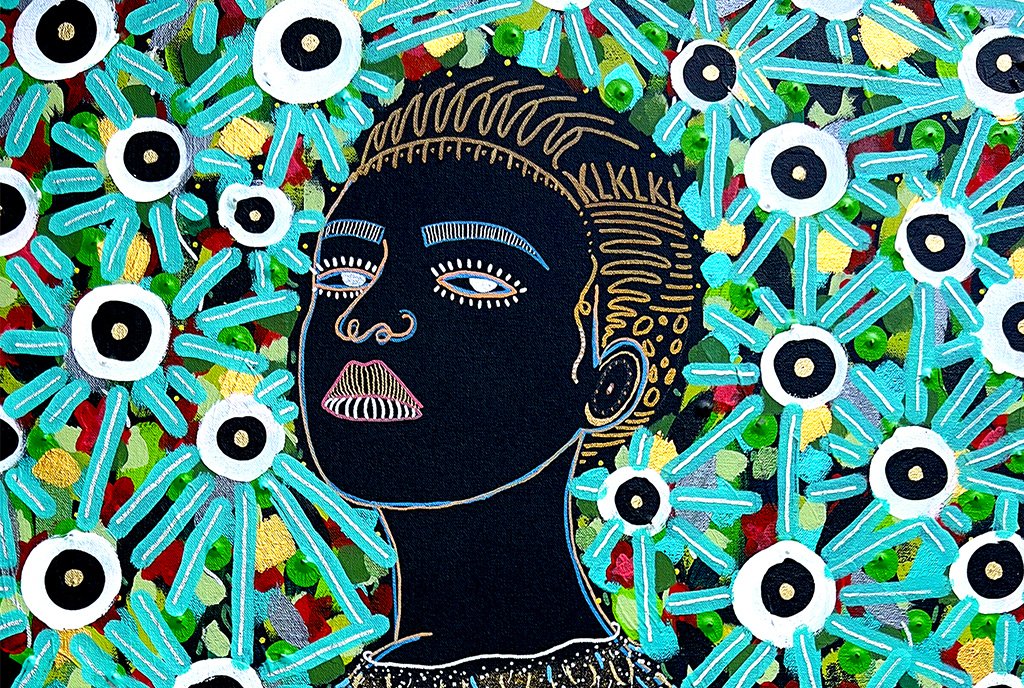I love this question about experimentation, because it’s central to how I approach building narrative power. I was first introduced to design thinking by my mentor Sujatha JC Dawson, who is a professor of management practice at The New School, and it was just the kind of intervention I needed to stop making years-long comms plans and instead practice an emergent approach to communication strategy. Many of us are taught really to believe that we need elaborate strategies to succeed in building successful movements and campaigns, but what we really need is agility, humility, discernment, and strong relationships, and it’s my experience and assessment that it’s the soft skills, coupled with rigor and consistency, that win lasting change. Especially in heightened movement moments, agility is so important.
So, I’m moving from the assumption that we are using divergent methods to measure progress or success for social movement efforts, but as a student of movement building and narrative power, I explore growth in progress cycles across months, years, decades, and centuries, and through the prism of protest cycles. Protest cycles are the cyclical rise and fall of social movement activity, and sociologist Sydney Tarrow defines protest cycles as “a phase of heightened conflict across the social system with intensified interactions between challengers and authorities which can end in reform, repression, and sometimes revolution.” In other words, we’re really looking and analyzing at how uprisings shape attitudes, beliefs, and behaviors over time. All of that is experimentation, because the challenges that we face as narrative strategists are significant, including that we are stigmatized for our ideas that really rail against the status quo of power, like the idea of abolishing patriarchy or defunding the police, and so to me experimentation really exists in this air of curiosity, and I’m asking myself this question: How, under complex infrastructure of state and political domination, do stories get to be told, and how do new ideas and visions of accountability and transformation get to be born?
And so just to look at one really quick example around “Defund the Police”—I promised to come back to this—as one experiment: was it effective? It really depends on how you define “effective,” right, and this is why experimentation is so important. We have to try different things. But I would say yes. Like, it was. The use of social media, the uprisings, the 50-state call to defund, brought mainstream attention to abolitionist arguments that the problems are institutional, that they’re systemic, and that the only way to reduce harm is to take power and funding away from the police. So, even if people were unhappy about it, what we learned is that they were still talking about it—pundits, journalists, congresspeople, academics. They were like “No, no, no, it doesn’t mean ‘this,’ it means this.” I’m like, that’s exactly the point—to give folks that something to carry a broader message in, which the concept of Defund did. And it did it in a couple ways. One, people actually did defund police departments. This isn’t a new kind of argument; people have been divesting from policing for a long time, but it worked. It was effective in that way. We saw 840 million dollars in direct cuts from US police departments and at least 160 million dollars in investments in community service, so we’re seeing shifts. And it doesn’t happen overnight; again, people would say, “Oh, was #MeToo successful? It looks like they’ve gone away from the media,” I’m like, well, the media stopped covering it. It doesn’t mean the organizers aren’t still organizing, or survivors aren’t still demanding justice, right? The other thing is that if we look at like effectiveness and change in our experimentation, we can look at impacts in election trends. We saw that in the elections, the “Defund the Police” demand really illustrated how people felt about change. It helped people to decide how they were going to engage in the elections.
Sign up for our free newsletters
Subscribe to NPQ's newsletters to have our top stories delivered directly to your inbox.
By signing up, you agree to our privacy policy and terms of use, and to receive messages from NPQ and our partners.
Another thing is that we saw support rise for BLM. Eighty-six percent of Biden supporters were favorable toward BLM, and so that’s really illustrative of whether or not our experiments are working. Looking at the polling data and making assessments, and public opinion data—not tethering ourselves to that, because it’s only one way of measuring change and effectiveness, but it is a significant way. Then, finally, another way of looking at the success of this particular effort is looking at its impact on the Democratic Party and political institutions, right? So, it caused huge political agitation within the Democratic Party last election cycle. It set off a whole chain of events that are still unfolding. They’re spending tons of money to figure out what the impact of our demand was on them, and in a post-election analysis, 60 contested Congressional races in 2020 featured broadcast tv ads regarding “Defund the Police.” They spent 33 million dollars. They spent 33 million dollars.
So, experimentation, right? What is success? I mean, you really have to determine it not based on the status quo determinants of success, but you have to look at what is meaningful change over time. How are we seeding doubt? So, if we’re not changing narratives overnight, perhaps we’re seeding doubt in people’s minds that the ideas that they believe are real, or that what is politically possible is actually politically possible, or what we’ve been told is possible is possible.
And so, I think, in closing on that, the Defund experiment is incredibly powerful. It’s incendiary, even, and it has permanence in public discourse that other similar demands such as “Divest/Invest,” or even “Reimagining Public Safety,” don’t have, and so my assessment is that the demand strengthened the bargaining position of moderates and normalized their demands, and that we should keep using it because, truly, for narrative shifts to occur, social movements require constant adaptation, evolution, integration, co-creation, and experimentation to create conditions for new belief systems to emerge.













